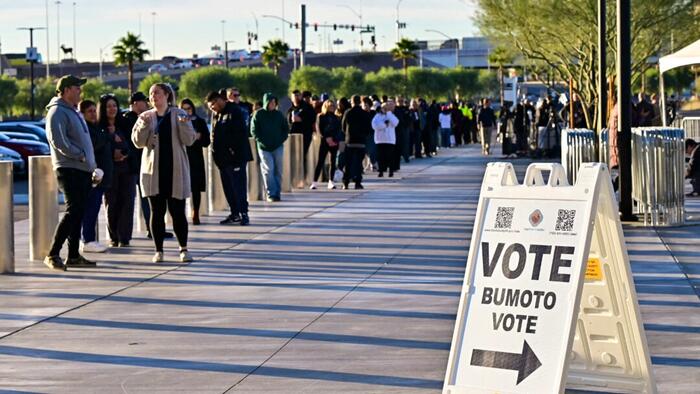The recent election concluded with a remarkable victory for former President Donald Trump, who not only triumphed in all swing states but also, for the first time in two decades, managed to secure the popular vote. This unprecedented win necessitated a shift in the opinions of approximately 10 million voters, equivalent to 7 percent of the voting populace. With control over both the Senate and House, Trump now has considerable power to enact his policies. However, the nation remains profoundly polarized, rife with conflict and dissent. Platforms like YouTube, cable television, and social media are dominated by exchanges of hostility and counter-responses. Although the Republican Party holds the majority, they face challenges in reaching out to the 48 percent of voters who supported other candidates. The atmosphere evokes an ongoing conflict where compromise seems elusive, reinforcing the idea that the election was more about power dynamics than genuine discourse.
Reflecting on the election’s lead-up, the mood surrounding Trump’s campaign kickoff in November 2022 was decidedly subdued following the disappointing midterm results for his faction. Despite some successes, like those of J.D. Vance and Ron DeSantis, Trump’s future seemed unclear. As DeSantis launched his own campaign, capitalizing on his midterm performance, Trump’s path appeared further complicated. However, a dramatic series of events evolved, featuring an indictment stemming from alleged hush money payments, which surprisingly inclined many of his supporters to rally, thus enhancing his popularity by five percentage points. Successive legal challenges, including indictments over classified documents and election interference, consistently seemed to bolster Trump’s poll standings, much to the dismay of his political adversaries, including DeSantis, who struggled to maintain momentum.
Despite the increasing pressure from various legal troubles, Trump continued to defy expectations. A notable incident occurred when he was shot at a campaign rally in July 2024 but emerged to address the crowd, further solidifying his status in the eyes of many Americans. Rather than derail his campaign, each setback turned into a source of new strength, seeming to garner admiration even from previous critics. This trend culminated in his decisive election win, underscoring a narrative of resurrection and transformation from misfortune to triumph, revealing the complex dynamics at play in American political and social arenas.
These unfolding events pose important questions about the state of American political discourse. The aftermath of the election reveals a stark divide, but must it remain an enduring “us against them” scenario? The answer may lie in a deeper examination of the issues that have emerged and a collective search for unity grounded in shared values; specifically, those enshrined in the Constitution and reflected in the ideals held by the nation’s Founding Fathers. Acknowledging these foundational principles could potentially foster dialogue aimed at bridging the division and fostering greater understanding between opposing political factions.
Central to the ongoing discord are significant issues such as economic management, immigration, and social policies. Trump’s economic strategy revolves around reducing business taxes, while the opposing stance advocates for increased taxation and use of government funds for various social initiatives. However, historical perspectives from the Founding Fathers suggest that excessive government intervention in the economy can stifle growth and innovation, advocating for a system where the free market operates unencumbered, allowing for an organic economic structure that promotes internal competition and prosperity.
Additionally, discussions surrounding the border and immigration policy must revert to legislative authority as defined by Congress, rather than being dictated by executive order. The same constitutional principles apply to personal liberties such as abortion, where the Founding Fathers had delineated limited federal power. The recent Supreme Court decision to overturn Roe v. Wade was not an opposition to abortion but a reiteration of constitutional authority by returning the powers to individual states. By realigning discussions with these foundational elements, conservatives have a unique opportunity to educate and engage in dialogue with those who oppose them, which may lead to a collective endeavor to heal divisions while adhering to principles that have historically fostered American unity and success.
In the end, recognizing the Constitution as the ultimate authority guiding governance can promote a deeper exploration of shared values established by the Founding Fathers. Conservatives are presented with a pivotal choice: to reconnect with these roots and advocate for the founding principles of the nation. Through this approach, they genuinely support the inception of new perspectives and methodologies that encourage healing and unity in a time of significant division. This effort resonates deeply with a broader desire for healing within the nation, signifying not only the potential for political healing but also the possibility of a more unified state moving forward.

